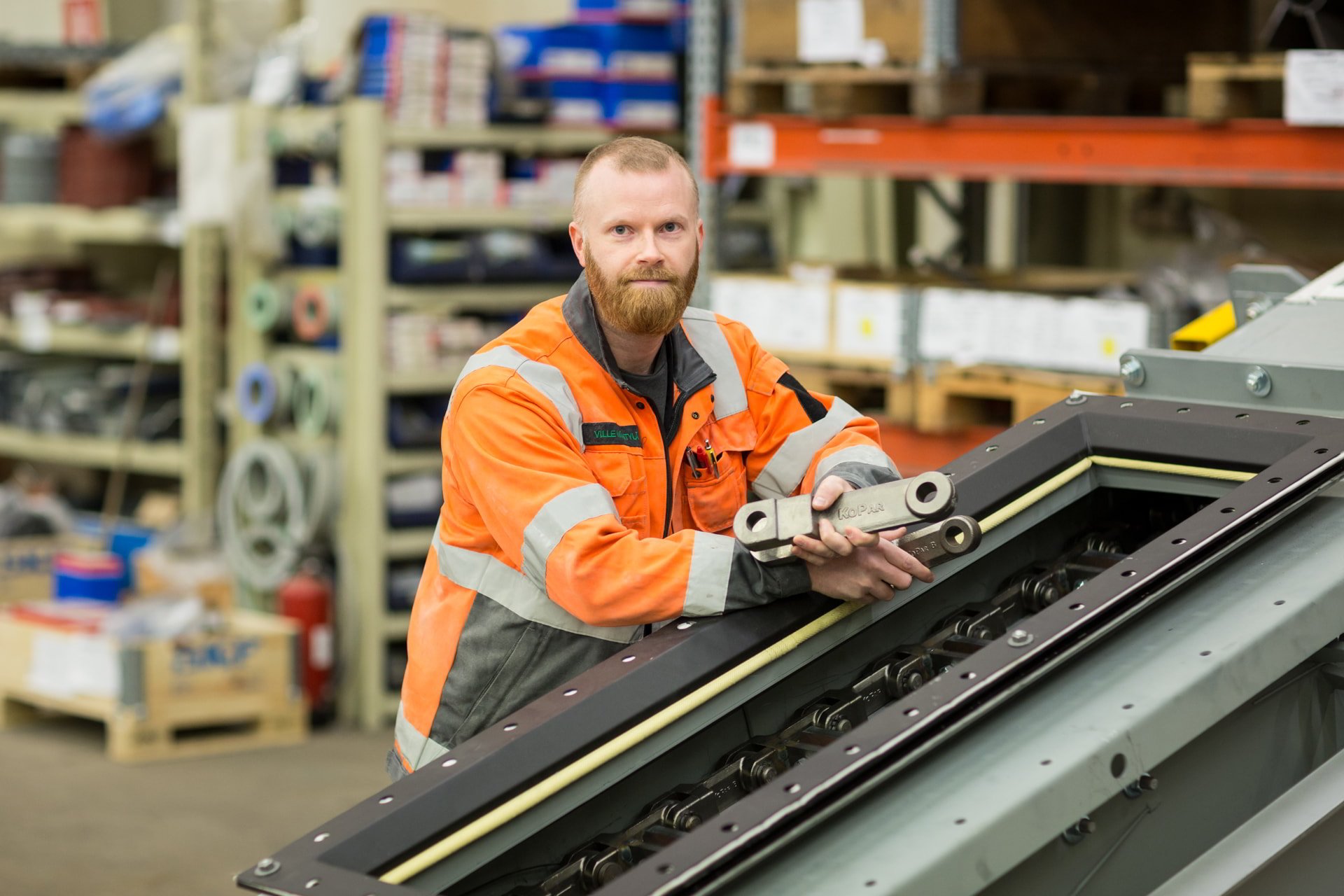Understanding Pneumatic Conveying Solutions
Pneumatic conveying solutions are integral to various industries, providing a means to transport materials efficiently and safely. These systems can handle a wide range of bulk materials, from granules to fine powders. The primary goal of these pipeline solutions where material is pneumatically conveyed in pipelines is to ensure that materials are moved from one point to another with minimal loss and maximum efficiency.
The design and implementation of pipeline systems require careful consideration of several factors, including the type of material being transported, the distance it needs to travel, and the environmental conditions it will encounter. By understanding these elements, companies can optimize their pipeline solutions to achieve the best possible performance and cost-effectiveness.
Initial Investment vs. Long-Term Savings
One of the primary concerns when considering pipeline solutions is the initial investment required. The cost of designing, installing, and maintaining a pipeline system can be significant. However, this initial expense must be weighed against the long-term savings that a well-designed pipeline system can offer.
Over time, pipeline solutions can lead to substantial cost savings by reducing the need for manual labor, minimizing material loss, and improving overall operational efficiency. Additionally, modern pipeline systems are designed to be energy-efficient, which can further reduce operational costs. When these long-term savings are taken into account, the initial investment in a pipeline solution often proves to be a wise financial decision.
Energy Efficiency and Environmental Impact
Energy efficiency is a critical factor in the cost-effectiveness of pipeline solutions. Advanced pipeline systems are designed to minimize energy consumption while maximizing throughput. This is achieved through the use of efficient pumps, compressors, and control systems that optimize the flow of materials.
Moreover, pipeline solutions can have a positive environmental impact by reducing the carbon footprint associated with material transport. For example, pneumatic conveying systems, which use air to transport materials, can significantly reduce energy consumption compared to traditional mechanical methods. This not only lowers operational costs but also contributes to sustainability goals.
Maintenance and Reliability
The reliability of a pipeline system is crucial for maintaining continuous operations and avoiding costly downtime. Modern pipeline solutions are designed with durability and ease of maintenance in mind. This includes the use of high-quality materials, advanced monitoring systems, and automated maintenance protocols.
Regular maintenance is essential to ensure the long-term performance of a pipeline system. By investing in reliable pipeline solutions and adhering to a proactive maintenance schedule, companies can minimize the risk of unexpected failures and extend the operational life of their systems. This, in turn, enhances the overall cost-effectiveness of the pipeline solution.
Scalability and Flexibility
Another important aspect of pipeline solutions is their scalability and flexibility. As businesses grow and their material handling needs evolve, pipeline systems must be able to adapt to these changes. Modern pipeline solutions are designed to be modular, allowing for easy expansion and reconfiguration as needed.
This scalability ensures that companies can continue to use their existing pipeline infrastructure even as their operations expand. By avoiding the need for complete system overhauls, businesses can save on both capital and operational expenditures, further enhancing the cost-effectiveness of their pipeline solutions.
Conclusion
In conclusion, pipeline solutions can be highly cost-effective when designed and implemented correctly. While the initial investment may be substantial, the long-term savings in operational costs, energy efficiency, and maintenance can outweigh these initial expenses. Additionally, the scalability and flexibility of modern pipeline systems ensure that they can adapt to the evolving needs of businesses, further enhancing their cost-effectiveness.
By carefully considering the specific requirements of their operations and investing in high-quality pipeline solutions, companies can achieve significant cost savings and improve overall efficiency, making pipeline solutions a valuable investment for businesses looking to optimise their material handling processes.

You have a challenge that needs solving?
Let us help! Contact us for more information about our products and services.
